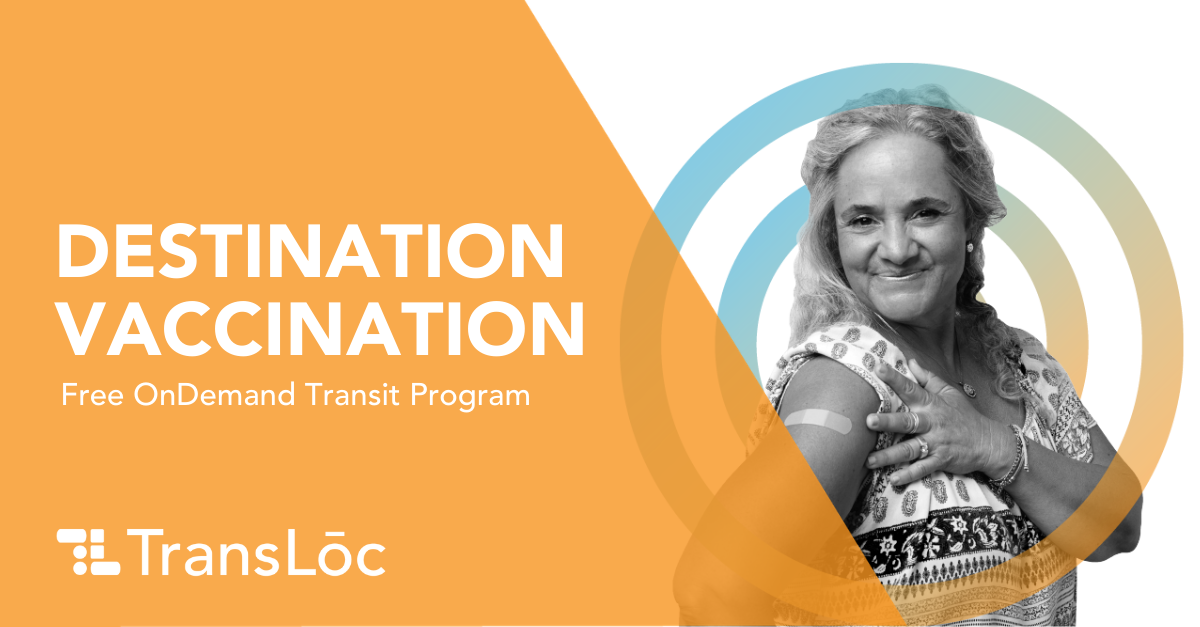
What a year. We’ve been so busy simply surviving and getting through the day-to-day of a socially-distanced quarantine life, it’s hard to believe COVID-19 has been a part of our lives for a year. Between the loss and trauma, we have been through a dark night of the soul. We are longing for human interaction outside of our carefully-vetted pods. We dream of the time we can see our loved ones beyond a Zoom screen and physically embrace again. Day after day, week after week, month after month we have sheltered in place while we waited for the pandemic to ease its grip on our lives.
But as spring shoots emerge from the earth, hope has arrived.
Life beyond the pandemic is on the horizon.
With the flurry of vaccine distribution picking up steam across the U.S., there is a sense that life beyond the pandemic is on the horizon. We are witnessing extraordinary collaboration as rivals Merck and Johnson & Johnson work together to get a third vaccine to the market alongside Moderna and Pfizer. Last week President Joe Biden announced, “We’re now on track to have enough vaccine supply for every adult in America by the end of May.”
We’re also watching large-scale FEMA vaccination sites pop up across America to inoculate thousands, staffed by federal personnel and the National Guard. And members of the media are tweeting about how good it feels to see the mobilization in Brooklyn, New York, with others responding with, “I’ve volunteered twice now at State Farm stadium in Phoenix, a site doing 9k vaccinations per day—24/7. It’s one of the coolest, most awe-inspiring things I’ve ever seen. The scale of it is surreal.”
Help is finally here. But before the true celebrations can begin, we need an all-hands-on-deck effort to not just get vaccines to the people, but get people to the vaccines.
Transportation is a key component to a successful vaccination rollout.
In a recent Pew article, Caitlin Donovan from the National Patient Advocate Foundation said, “Transportation is often neglected, but it’s often one of the biggest barriers to health care.”
In our vaccine euphoria, let’s remember our most vulnerable populations—older adults, those with varying abilities, and low income families—frequently have limited access to transportation. COVID-19 does not discriminate between the haves and have-nots, and neither should vaccine distribution. Let’s do our part to ensure this vaccination program is one that is equitable and accessible to all.
TransLoc is here to help our transit partners with this effort. Through the end of the year, we will provide transit agencies with free on-demand services to deliver riders to and from vaccination locations. Together, we can work to ensure transportation is not the barrier to our neighbors’ health.
Additionally, we want to take a moment to salute our transit heroes. You have made unbelievable sacrifices to provide frontline workers with access to mobility during this trying chapter of American life. You have faced extraordinary loss and strife, but you have adapted and kept the wheels rolling in our communities across America. We thank you.
Today, as spring approaches, we are beginning to feel optimistic about a post-pandemic life. As Alexander Pope so eloquently expressed in “An Essay on Man”:
Hope springs eternal in the human breast;
Man never is, but always to be blest.
The soul, uneasy, and confin’d from home,
Rests and expatiates in a life to come.
Essential COVID-19 Transit Program
Hope is finally here, one year into the pandemic. Let’s extend that hope to everyone, including our most vulnerable populations, by ensuring we equitably provide transportation in our efforts to vaccinate our communities.